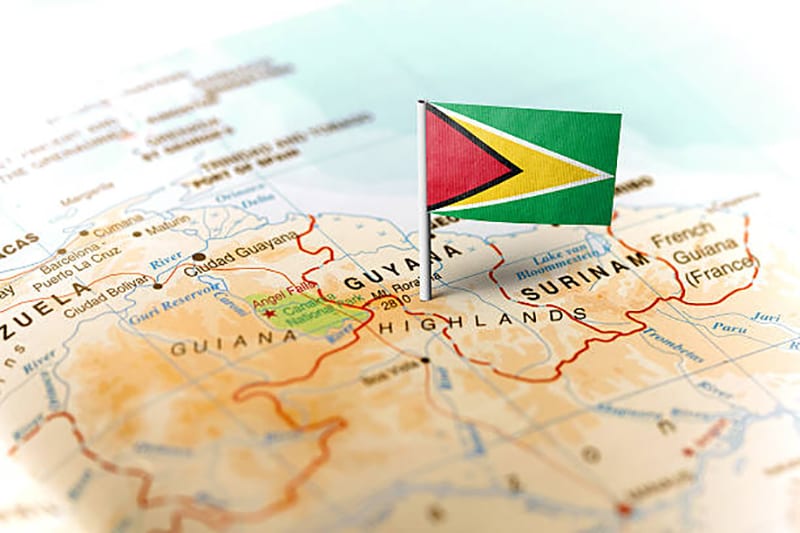The new legislative framework for Guyana’s Natural Resources Fund (NRF) will be laid in the National Assembly before the end of the year, President Irfaan Ali said on Monday.
After taking up office in August last year, the Ali administration had said the NRF in its current state allows for too much political interference with undue authority placed in the Minister of Finance. The Fund was initially established by the previous government.
“We are also moving ahead with setting up the legislative framework to govern these funds, and whilst we would have liked to have this before the recess, I am aware that there are technical suggestions being transmitted to the Attorney General to finalize the legislation to be taken to the National Assembly,” Mr. Ali said. “I am confident that that legislation will be laid in the National Assembly before the end of the year.”
During a press conference, the President reminded that the NRF is a critical instrument that would safeguard resources for future generations. Notwithstanding this, he was keen to point out that Guyana has immediate needs in upgrading the country’s physical infrastructure, healthcare, education, and other social services.
He assured, however, that his government will ensure that transparency and accountability are key pillars of the fund.
“We have moved in a step forward in creating a balance sheet that persons can examine online and be kept abreast of revenues and expenditure. Any expenditure must be approved by the National Assembly. Any project to be financed from these funds must be approved by the National Assembly,” the President said.
Notably, Mr. Ali had said in May that the Norwegian and Kazakhstani oil fund models are amongst some of the frameworks being examined to inform the new version of Guyana’s NRF legislation.
Norway’s wealth fund was established in 1990, during the European country’s deepest recession in the postwar period. At the time, it was not obvious that the fund would gain much in value.
The government ran budget deficits in the following years, and the first capital transfer to the fund was made in 1996, reflecting a net fiscal surplus. From then on, the value of the fund started to increase rapidly. Higher oil revenues towards 2000 led to calls for higher spending. A fiscal rule was established in response to this development. The aim was to phase petroleum revenues into the economy gradually.
Meanwhile, Kazakhstan’s fund was established in 2000 as a dual-purpose stabilization and savings mechanism. It requires that deposit rules are detailed and requires deposits of oil and gas revenues into the fund, as well as the proceeds from the privatization of state property from the mining, manufacturing, and agricultural sectors. Withdrawal rules are detailed but were changed three times in seven years. While there are some limitations on investment risk, the government enjoys significant discretion in choosing where it invests.
Co-Director of Energy Practice at America’s Market Intelligence Arthur Deakin, recently pointed out that Guyana should steer clear of the Kazakhstan model since he believes it is not insulated from political control. Deakin advised Guyana to go the route of the Norwegian fund instead.



